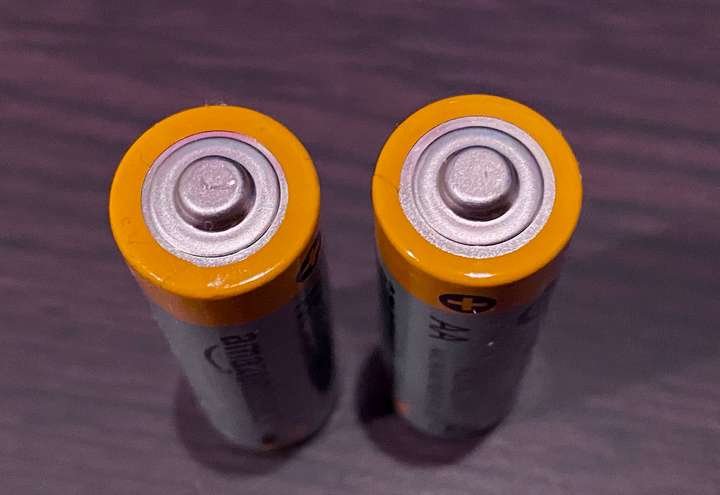In your everyday life, there are many things that you don’t give much thought to despite how important they are. The batteries on your devices perfectly fit that description. As long as your remote control is flipping between channels and your camera is snapping away, you won’t think much about batteries.

However, if you’re more of the curious type and like to accumulate knowledge on various topics, or if you’re the type that prefers to give proper answers to your inquisitive child, you’ve come to the right place. Continue reading to learn more about the chemistry of the different household batteries in use today.
Non-Chargeable Batteries
Batteries in use today can be broadly categorized into two groups: chargeable and non-chargeable. Common non-chargeable batteries include alkaline and lithium single-use batteries. The main differences between the two can be summarized as follows:
Alkaline Batteries
These are some of the cheapest batteries on the market. They’re durable and reliable for continued use, and you won’t need to replace them as often as other types. However, their bulky exterior gives them unnecessary extra weight. In addition to their size, their high-internal resistance limits their performance and reduces their power output. Leakage is also one of the major drawbacks of alkaline batteries. If you leave them unused in any device for a long time, the leakage will affect the device and possibly cause irreparable damage.

Lithium Batteries
If you’re looking for better durability and more efficient performance than those provided by alkaline batteries, lithium batteries may be the right choice for you. They perform better under extreme temperatures, and they make for the best AAA batteries, thanks to their enhanced safety and greater energy density. On the downside, the additional cost of producing lithium batteries makes them more expensive, which means that their replacement cost is higher than that of alkaline batteries.
Silver/Zinc BatteriesThis type of battery has the highest power capacity. Their unmatched performance stability makes them suitable for portable cameras and laptop computers. However, they’re known to be costly and low performers when subjected to lower temperatures.
Rechargeable Batteries
Rechargeable batteries are excellent and more cost-effective options for energy-draining devices like small kitchen appliances, for example. Not only are they more economical, but they’re also more environmentally-friendly, as they will last quite sometime before they have to be replaced. Common types of rechargeable batteries include:
Nickel-Metal Hydride (NiMH)
NiMH batteries are the most popular type of rechargeable batteries designed for household use. They’re highly reliable and won’t fail you in powering demanding appliances around the house. In addition to their stable performance, they are relatively cheap, and the ones from trusted brands come with anti-leak and low self-charge features. However, like with any rechargeable batteries, you always have to prepare them ahead of time for optimal performance.
Lead/Acid
These batteries are efficient and cheap. Plus, they are completely safe for everyday use. They have a very low, if not the lowest, self-discharge rate compared to other rechargeable batteries. Lead/acid batteries also require little maintenance. Yet, these batteries can be fully-charged only a limited number of times and are considered hazardous to the environment due to their electrolyte and lead content.
Learning more about the different types of household batteries will help you make the right choice for your needs. As you have seen above, each type has its strengths and weaknesses. There isn’t an ultimate battery that can cover all your needs. However, now you have the information, you need to make an educated decision.





